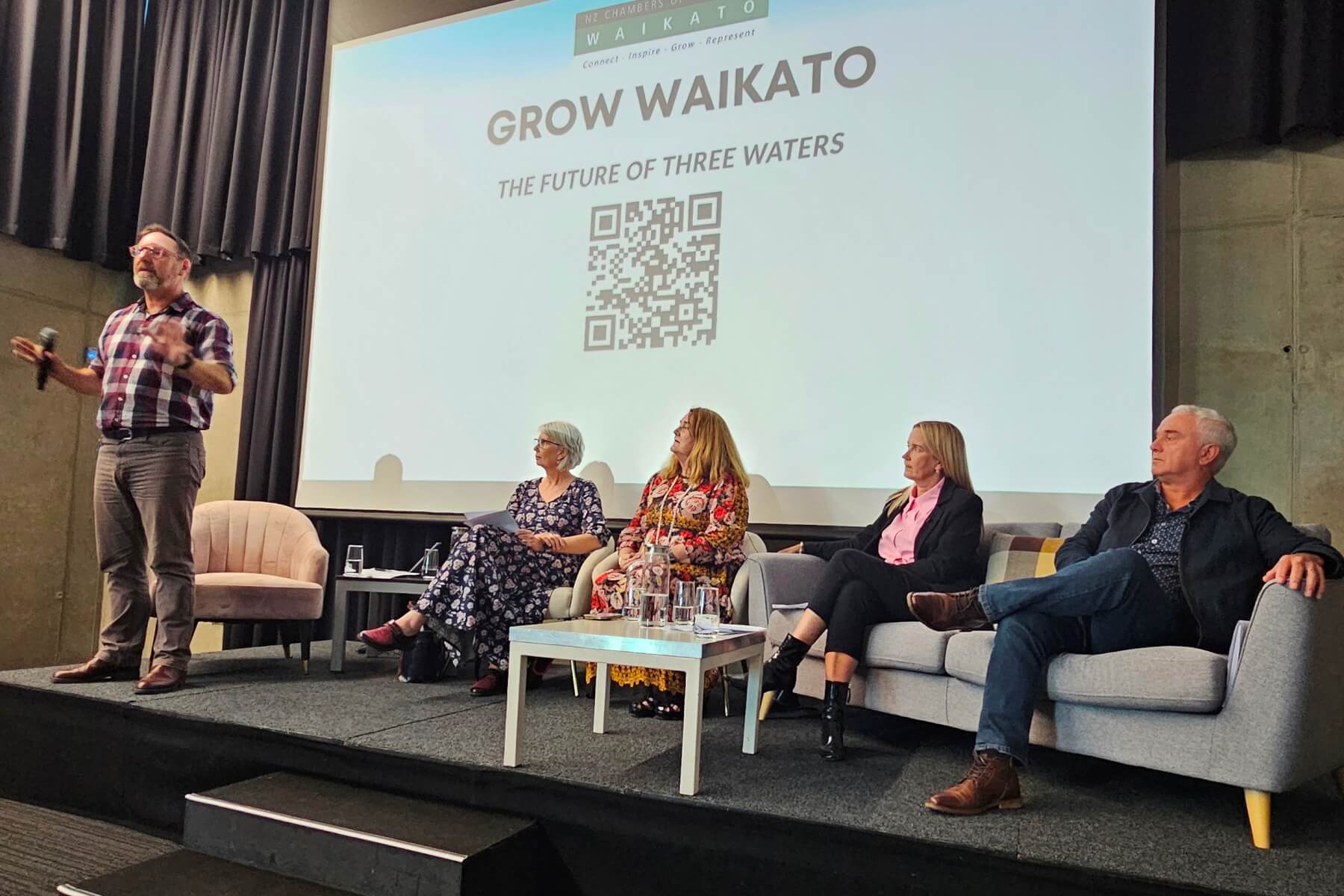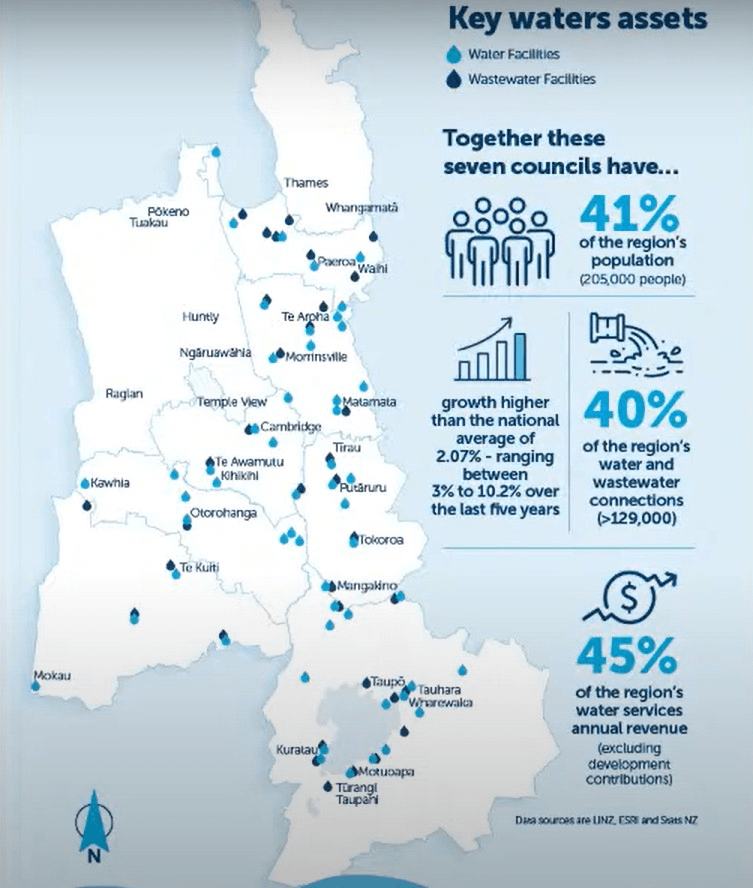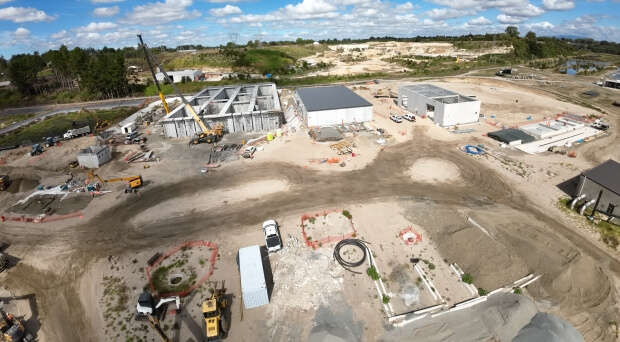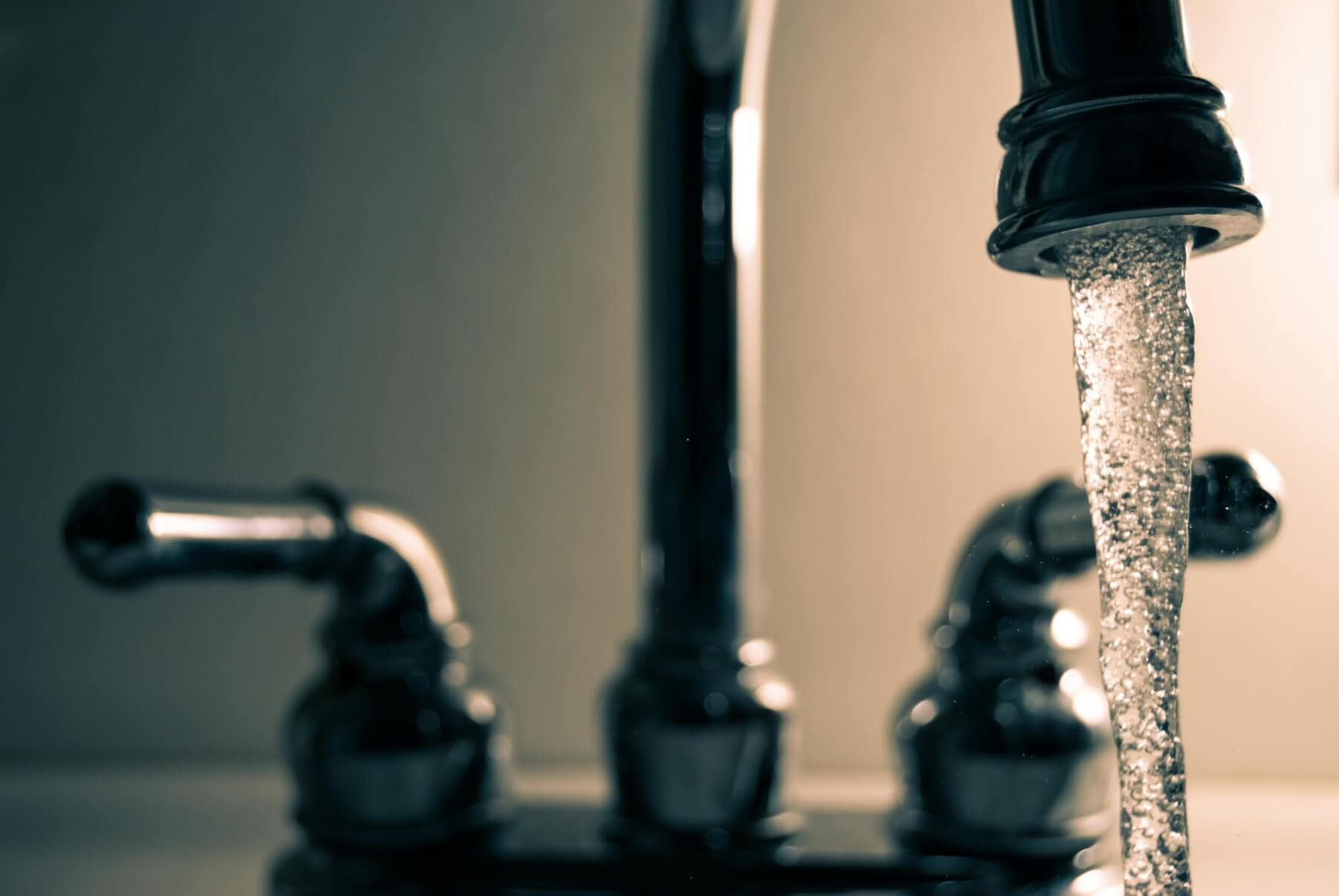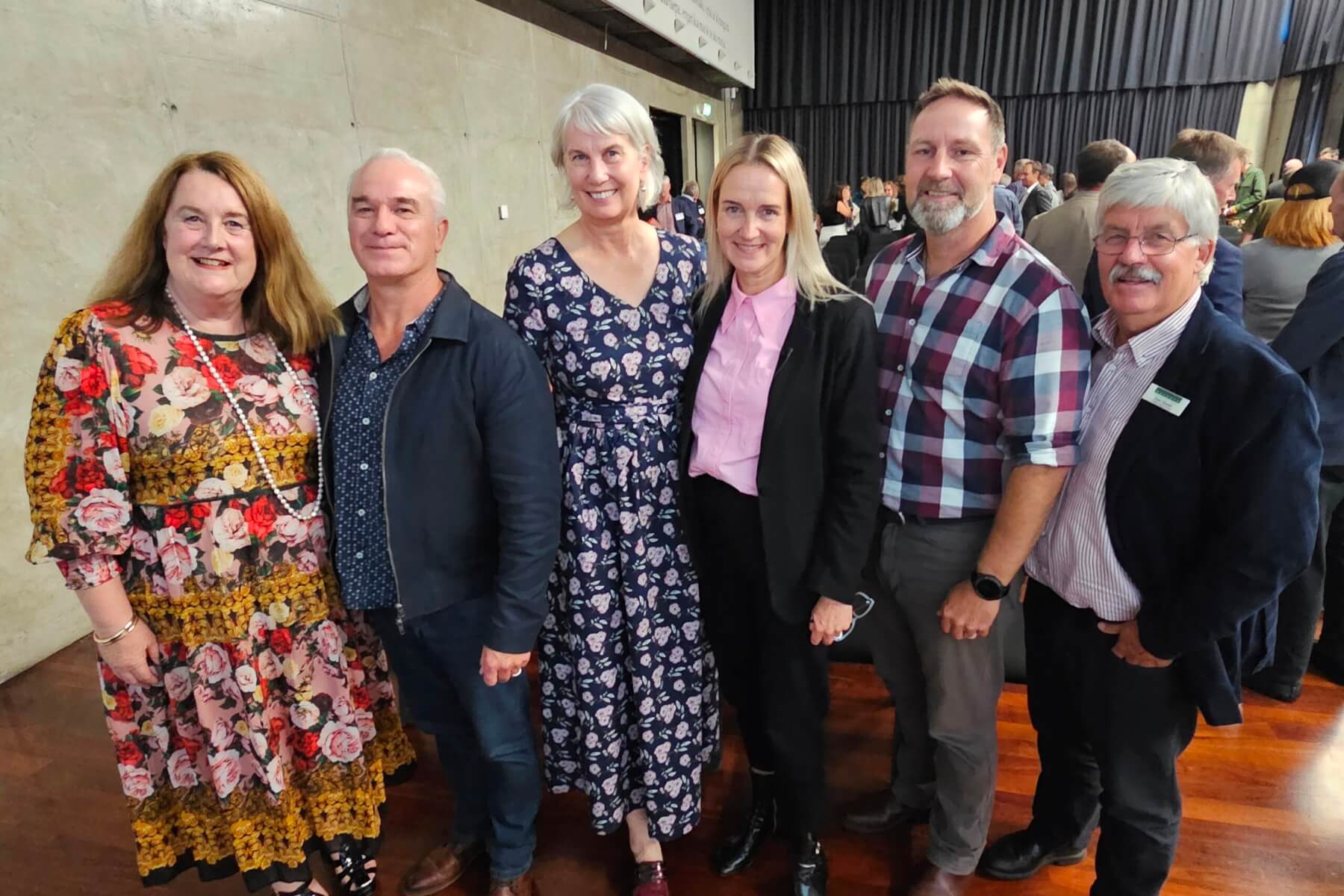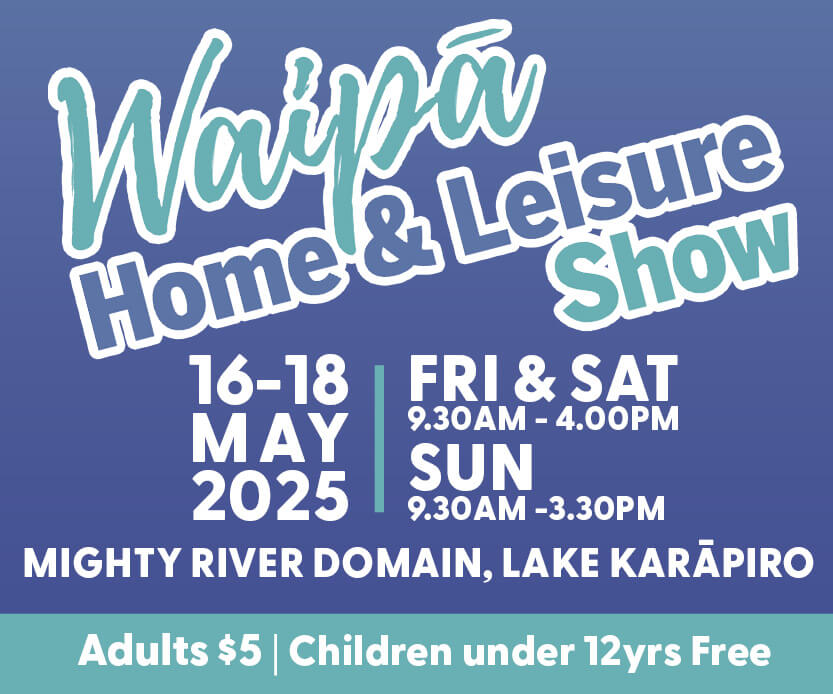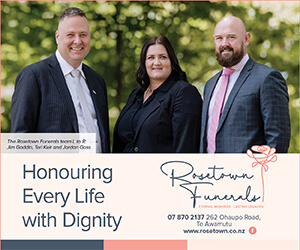Waikato and King Country residents are making the most significant local government decision in a generation, and in most cases, they only have days, rather than weeks to decide. Senior writers Chris Gardner and Mary Anne Gill look at what’s involved.
Councillors have had their say, now it’s up to residents.
Should half a million people support a proposal to hand over their council’s water operations – up to 30 per cent of its annual operating expenditure – to a council-controlled water organisation?
Or should they stick with the status quo?
The issue is that New Zealand’s water infrastructure is in dire need of upgrades. Estimates suggest it will cost between $120 billion and $185 billion over the next 30 years to upgrade and maintain these systems.
Waikato’s portion of that has been conservatively estimated at $6 billion.
Hamilton city, Waikato and Waipā districts – all identified as experiencing high population growth and officially categorised as ‘growth councils’ – are struggling to fund infrastructure and the developer cash cow has dried up.
Ratepayers already face double digit rate increases and have no appetite for much more.
Something had to replace Labour’s controversial Three Waters plan which was consigned to a political graveyard last year. The coalition government came up with Local Water Done Well as its replacement and with it came some tough deadlines for councils already grappling with funding their Long Term and Annual plans.
Every city and district council in New Zealand must have developed a Water Services Delivery plan by September 3 after presenting two options to their communities, one the preferred one.
Waikato councils, led by their Mayoral Forum, have been quick off the mark. Hamilton and Waikato are already telling residents about their two options. The preferred one is to form a council-controlled organisation owned by the two councils to manage drinking and wastewater.
The second is an in-house business unit which they say is unsustainable. Their residents have until April 27 to have a say.
Stormwater services – the third of the Three Waters – remain with councils under the government’s direction as they are too linked to roading to split out at this stage.
Council-controlled organisations will give local authorities access to more lending opportunities and spread the debt out across generations, supporters say.
The other Waikato councils – Waipā, Matamata-Piako, Hauraki, Taupō, Waitomo, Ōtorohanga, Thames-Coromandel and South Waikato – are at different stages of the decision making but still a long way ahead of the rest of the country, according to Marlon Bridge from the Department of Internal Affairs.
Bridge is head of Strategy in the department’s Three Waters transition team and chief technical advisor for the government on Local Water Done Well.
Waipā did consider joining fellow growth councils Waikato and Hamilton but as mayor Susan O’Regan told a Waikato Chamber Grow Waikato forum last week, her council felt a level of responsibility to the broader region.
Long-term, she sees all Waikato councils in one council-controlled organisation, a situation Hamilton Mayor Paula Southgate and Waikato Mayor Jacqui Church also foresee; but not yet.
“We’ve come to you as a region with a couple of really good solutions that we are doing by choice because you told us you didn’t want to be told by Wellington.
“We pushed back on that,” said O’Regan, who was joined at the business forum by Southgate, Church and Bridge in a discussion moderated by Kelvyn Eglinton, a former general manager of growth at Hamilton City Council.
Waipā went with a seven-member regional model – eight if Thames-Coromandel comes on board – called Waikato Water Done Well.
South Waikato and Waitomo are at the same stage and like Waipā are out consulting residents already with an early May deadline.
Ōtorohanga and Thames-Coromandel went with their preferred options last week – forming a multi-council-controlled water organisation and gave residents until May 6.
Taupō was expected to choose its preferred choice this week before going to public consultation, while Hauraki and Matamata-Piako select their preferred options on April 30.
“This is probably one of the most significant decisions council’s elected members will make,” said Ōtorohanga Engineering and Assets group manager Mark Lewis.
There was a lone voice, Kio Kio-Korakonui ward councillor Rodney Dow, who favoured going it alone, an option most councils have rejected because it does not solve the huge financial costs water infrastructure requires.
“What you decide as a group is fine, and I will support it,” he said but then voted against adopting Waikato Water Done Well.
Thames Coromandel does want to join up with neighbouring councils. In its case that could be with Bay of Plenty, Hamilton and Waikato or Waikato Water Done Well.
Consultation on Thames-Coromandel District Council’s options opened last week and will run until May 15. They could join three council-controlled organisations – Waikato Water Done Well, Hamilton city and Waikato district or joining in with Bay of Plenty councils.



